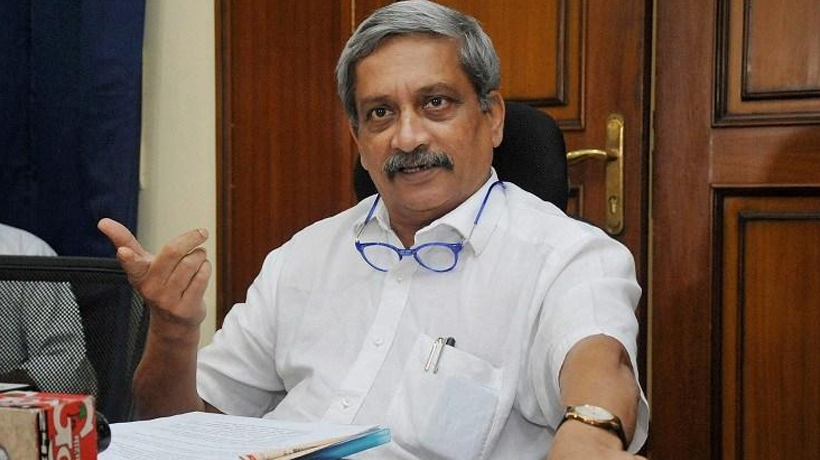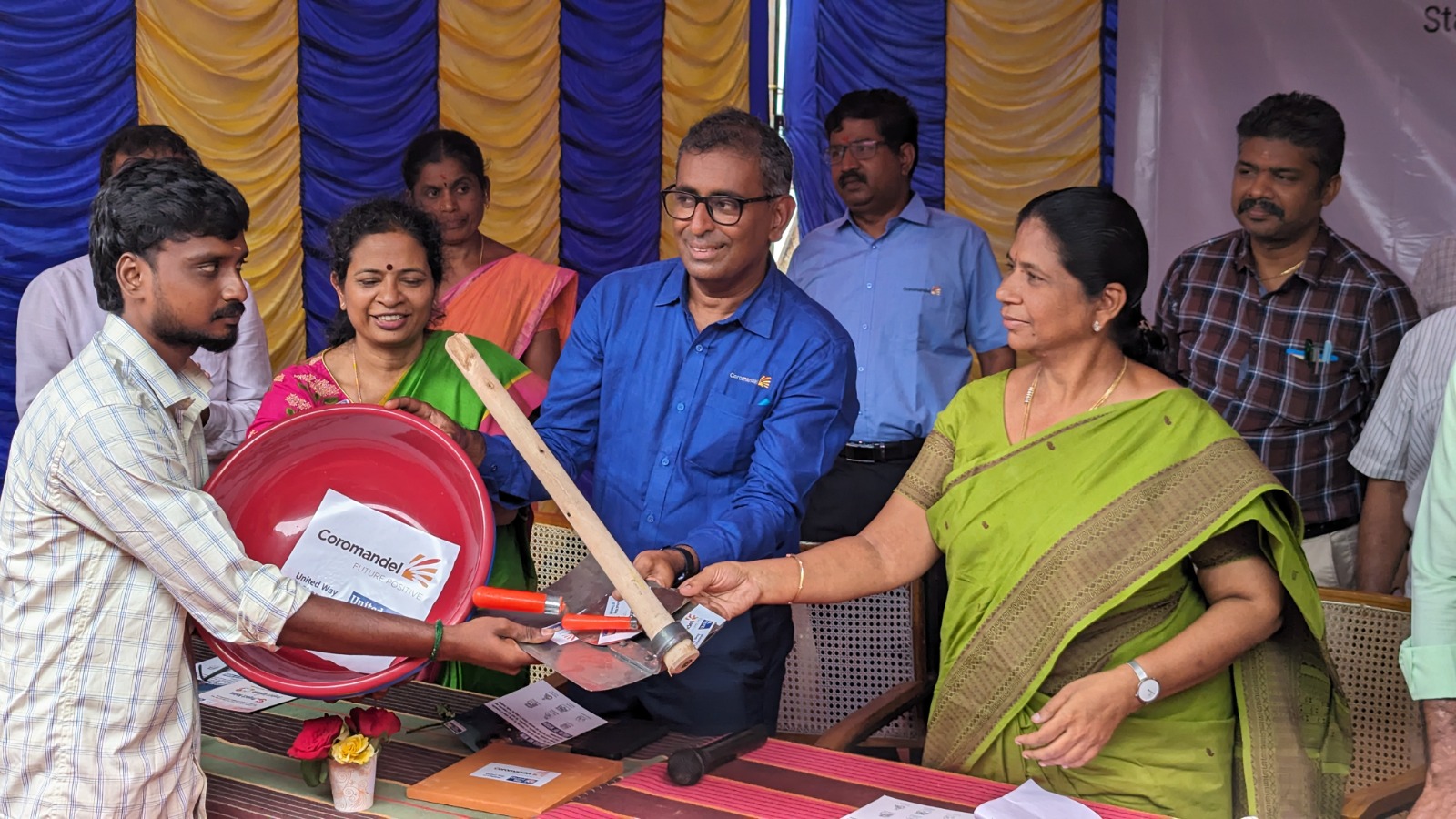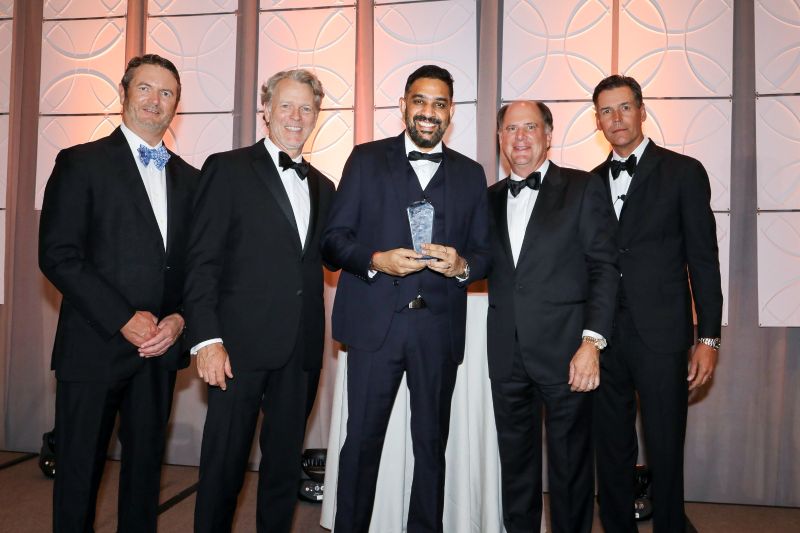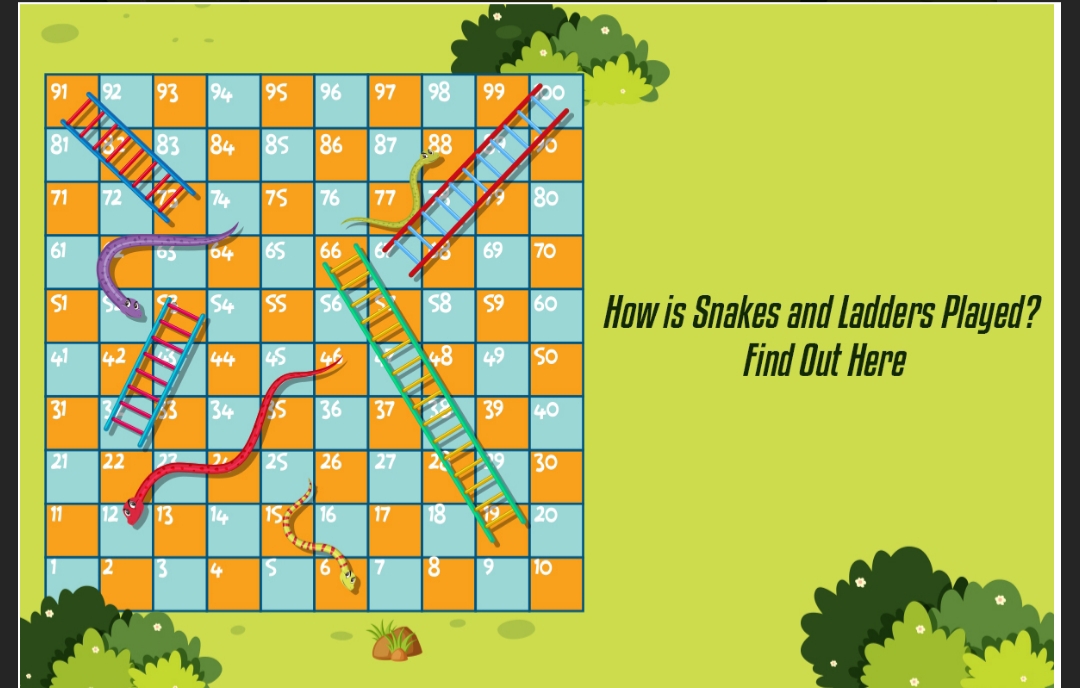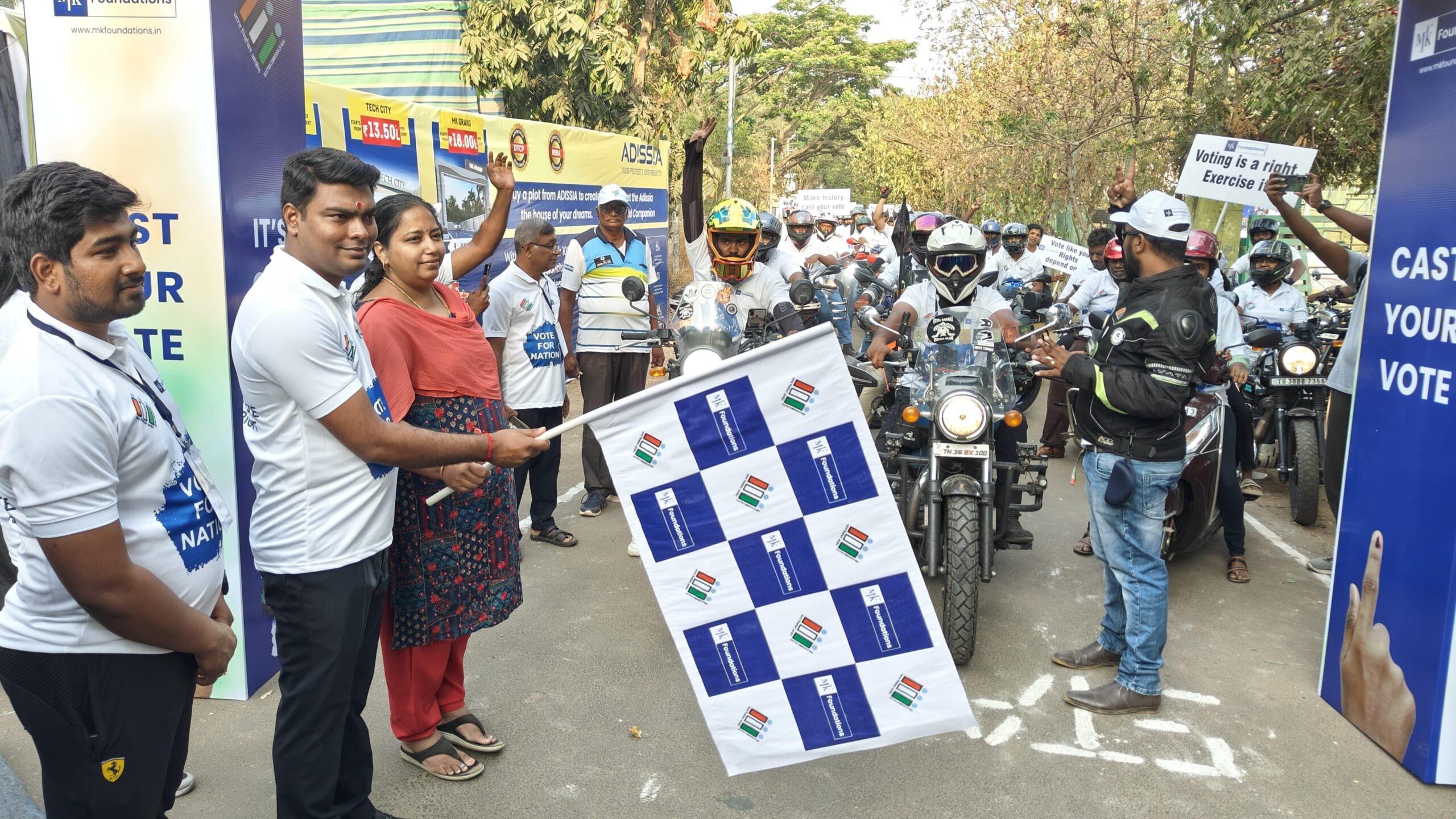Trending Now
- IPL 2024 begins with a bang. First contest between CSK and RCB.
- Election commission allots mike symbol to Naam Thamizhar Katchi
- AIADMK promises to urge for AIIMS in Coimbatore, in its election manifesto.
- Ponmudi becomes higher education minister.
India News
How Manohar Parrikar stood firmly behind Indian Army as it carried out 2016 surgical strike
![]() March 18, 2019
March 18, 2019
We don’t itch for a fight, but if someone looks at the country with an evil eye, we will gouge his eyes out and put them in his hand,” Late Goa Chief Minister Manohar Parrikar had once said.
Parrikar, who died battling pancreatic cancer on Sunday, served Goa till his last breath. But that is not the only reason people will remember the four-time Goa chief minister.
Manohar Parrikar’s role as defence minister, albeit for a period of just 3 years, was memorable as he played a key role in planning the 2016 surgical strike against terror launch pads in Pakistan Occupied Kashmir (PoK).
Manohar Parrikar’s final journey Live Updates
The surgical strike operation was carried out 10 days after a deadly terrorist attack on soldiers at Indian Army Brigade Headquarters in J&K’s Uri town.
At least 38 terrorists and 2 Pakistani soldiers were killed in the counter operation led by the Indian Army; seven terror launch pads were also destroyed in the operation.
The then defence minister Manohar Parrikar played an instrumental role in the surgical strikes carried out by the Indian Army in the aftermath of the 2016 Uri attack which claimed the lives of 18 Indian soldiers.
Parrikar’s role in 2016 surgical strike
Almost a year after the attack, Parrikar had revealed that the operation was planned almost 15 months before September 29, 2016, to counter increased infiltration bids of terrorists.
Recapping the events that led to the surgical strike in September 2016, Parrikar said he felt “insulted” when he heard that 18 soldiers were killed by terrorists. A decision was swiftly taken to strike back.
Additional soldiers were trained and equipment was procured on priority to make the September 29 surgical strike a success.
Some of the equipment used in the attack, like the Swathi Weapon Locating Radar developed by the DRDO, was developed when Parrikar was at the helm of the defence ministry. It was inducted officially in service three months later.
Therefore, he played a much larger role that helped India avenge the terror attack in Uri.
“I felt insulted. A small terrorist organisation of 200 people killing 18 Dogra soldiers was an insult to the Indian Army and we sat in the afternoon and sat in the evening and worked out the (plan of) first surgical strike which was conducted on 8th June morning in which about 70-80 terrorists were killed (along the India-Myanmar border).”
Besides, he took some crucial decisions that helped the Indian armed forces carry out the 2016 surgical strike with ease and accuracy.
It was Parrikar’s decision to use no helicopters during the late-night assault across Pakistan’s Line of Control (LoC) as he wanted to use them only in case of an emergency evacuation.
Manohar Parrikar’s focus on streamlining defence procurement and extending focus on home-grown equipment was another reason why the 2016 surgical strike was a success.
As the nation mourns his loss, Manohar Parrikar will not just be remembered for his contribution as Goa chief minister but also for streamlining several legacy norms in defence strategy and procurement.





